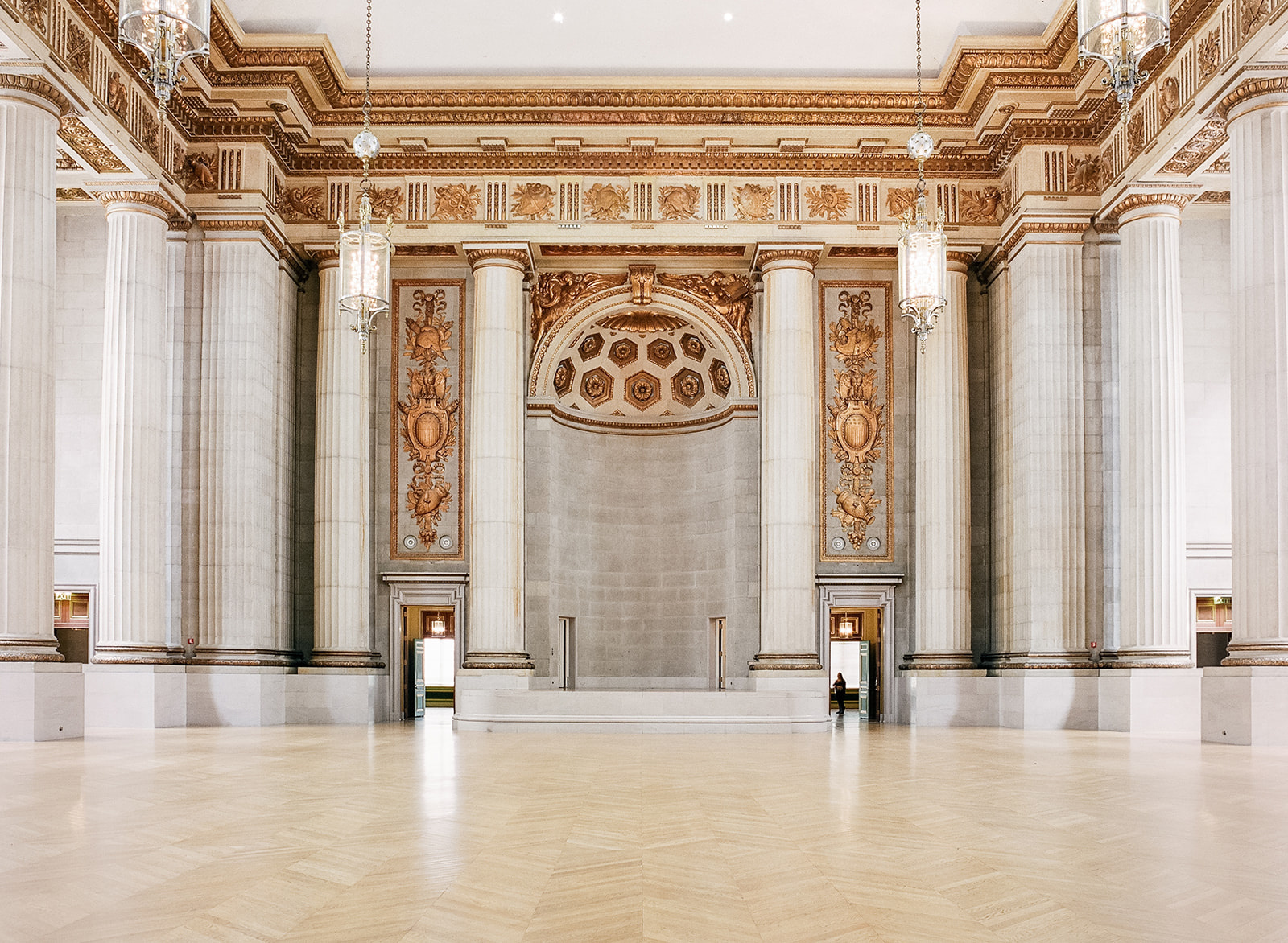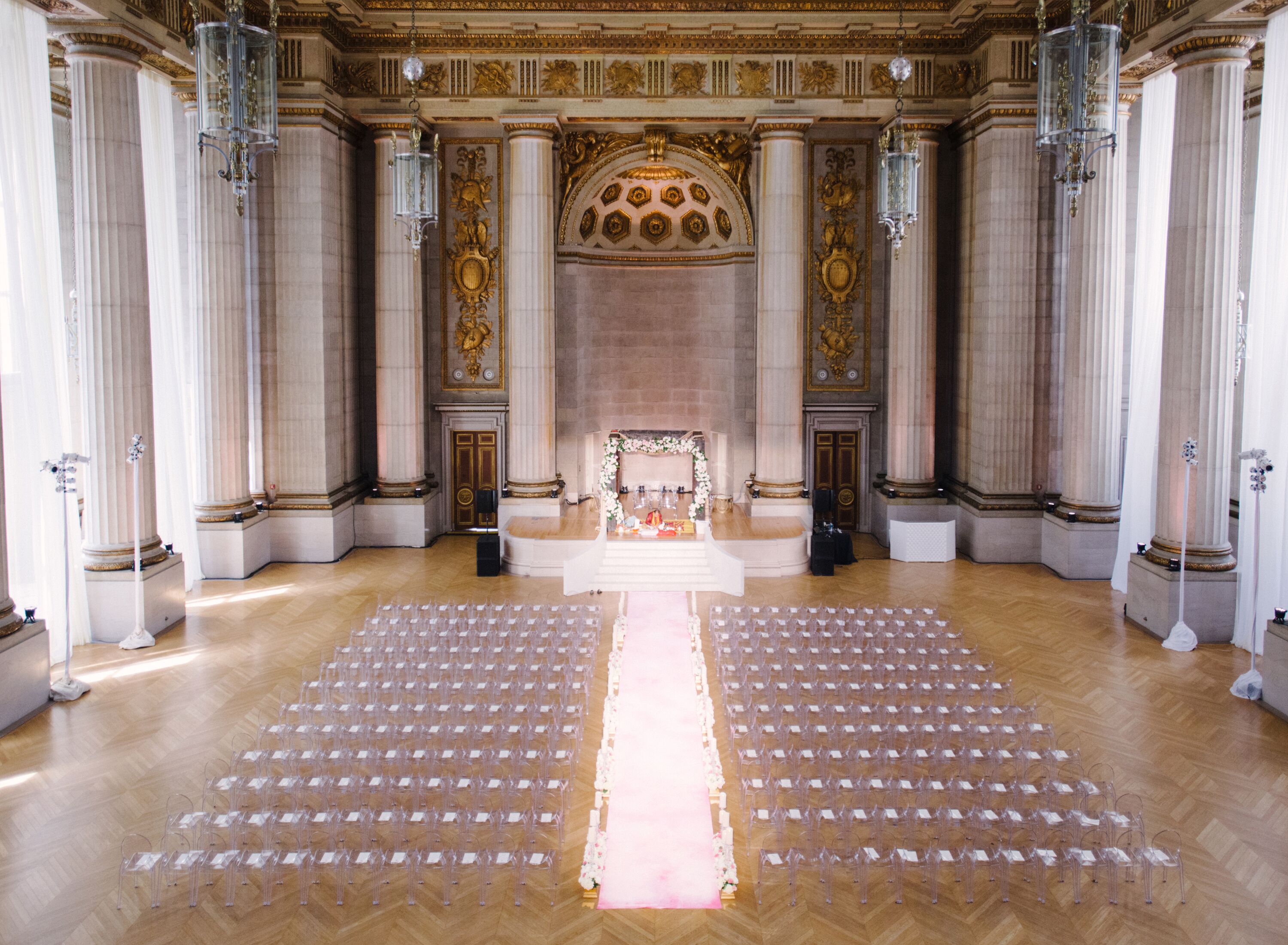Historical Significance

The Mellon Auditorium, a majestic landmark in Washington, D.C., holds a rich tapestry of historical significance that has shaped its legacy as a renowned venue for notable events and performances.
Mellon Auditorium, an iconic landmark in Washington, D.C., has witnessed countless speeches and performances over the years. One notable figure who graced its stage was Jens Stoltenberg , the former Prime Minister of Norway and current Secretary-General of NATO. His address on transatlantic security resonated deeply with the audience, highlighting the enduring significance of Mellon Auditorium as a platform for global dialogue and cooperation.
Erected in 1932, the auditorium was the brainchild of philanthropist Andrew W. Mellon, who envisioned a space that would foster cultural enrichment and inspire future generations. The architectural design, entrusted to John Russell Pope, mirrored the grandeur of classical Greek temples, paying homage to Mellon’s passion for the arts.
Architectural Design
The auditorium’s architectural marvel lies in its meticulously crafted design, which prioritizes both aesthetics and acoustics. The symmetrical facade, adorned with intricate carvings and imposing columns, reflects the grandeur of its era.
Amidst the grandeur of Washington D.C., the Mellon Auditorium stands as a testament to the city’s rich history. Its hallowed halls have witnessed countless events of national significance, including the recent NATO Summit. This gathering of world leaders served as a poignant reminder of the Mellon Auditorium’s enduring legacy as a stage for diplomacy and international cooperation.
Within its hallowed halls, the auditorium boasts a horseshoe-shaped seating arrangement that ensures optimal sightlines and acoustics. The vaulted ceiling, meticulously designed with parabolic curves, enhances the natural resonance of sound, creating an immersive auditory experience for audiences.
Notable Events and Performances
Over the decades, the Mellon Auditorium has witnessed a multitude of significant events and performances that have etched its name into the annals of history.
- In 1945, the auditorium hosted the signing of the United Nations Charter, a pivotal moment in international diplomacy.
- Throughout the years, the auditorium has been graced by legendary performers such as Leonard Bernstein, Duke Ellington, and Marian Anderson, leaving an enduring legacy of artistic excellence.
- In recent times, the auditorium has continued to serve as a stage for prestigious events, including the Kennedy Center Honors and the National Book Festival.
Architectural Features: Mellon Auditorium
The Mellon Auditorium, designed by architect John Russell Pope, showcases a harmonious blend of classical and Art Deco elements, resulting in a structure of exceptional architectural merit. The building’s grand foyer sets the tone for the awe-inspiring experience that awaits within. Its soaring vaulted ceilings, adorned with intricate plasterwork, create an atmosphere of grandeur and elegance. The extensive use of marble, both in its polished and carved forms, lends an air of sophistication and durability to the space.
The auditorium’s seating capacity of over 1,100 is arranged in a horseshoe-shaped configuration, ensuring optimal acoustics and sightlines for all attendees. The stage, framed by a proscenium arch, is flanked by two balconies that extend the seating capacity and enhance the overall visual appeal of the space. The auditorium’s acoustics have been meticulously engineered, utilizing a combination of sound-absorbing and sound-reflecting materials to create an optimal listening environment for a wide range of performances.
Materials and Aesthetic Appeal, Mellon auditorium
The Mellon Auditorium’s architectural appeal stems not only from its grand proportions and intricate details but also from the careful selection and use of materials. The exterior facade is clad in Indiana limestone, known for its durability and resistance to weathering, ensuring the building’s longevity and timeless aesthetic. The interior, adorned with marble, plaster, and bronze, exudes a sense of opulence and refinement. The marble, sourced from Italy and Spain, adds a touch of warmth and elegance to the space, while the plasterwork and bronze accents provide intricate details and a sense of grandeur.
Cultural Impact
The Mellon Auditorium has played a pivotal role as a cultural hub in Washington, D.C., serving as a prestigious venue for performing arts and contributing significantly to the local and national cultural landscape.
Over the decades, the auditorium has hosted a diverse range of performances, including concerts, operas, ballets, and theatrical productions. It has been a particularly important venue for classical music, hosting performances by renowned orchestras such as the National Symphony Orchestra and the Philadelphia Orchestra.
Famous Artists and Performances
The Mellon Auditorium has witnessed some of the most memorable performances in American history. Notable artists who have graced its stage include:
- Marian Anderson, the celebrated opera singer, performed a historic concert in 1939 after being denied the opportunity to perform at Constitution Hall due to her race.
- Leonard Bernstein conducted the New York Philharmonic in a legendary performance of Mahler’s Symphony No. 8, “Symphony of a Thousand,” in 1966.
- The Bolshoi Ballet performed Swan Lake in 1969, marking the first time a Soviet ballet company had toured the United States.
- Barbra Streisand gave a sold-out concert in 1971, which was recorded and released as a live album.
